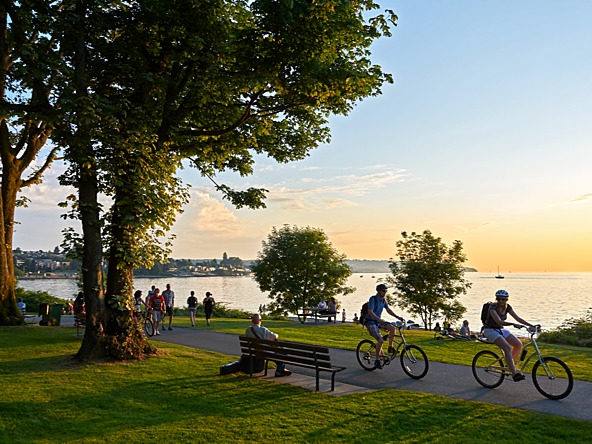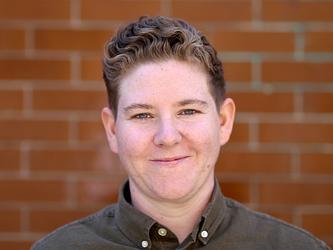Placemaking and an opportunity for research

Placemaking has been a known concept in academic and urban planning since the 1960s but has gained traction with private property developers, retailers, educators, mobility brands, and multinational co-working spaces in recent years. This increased spotlight on developing happier and healthier places for people to thrive, poses unique opportunities for brands but also for the research industry.
Placemaking means creating places that put people and communities, their needs, vision, desires and aspirations first, before the planning and building of housing, offices, parking places and shopping centre units. Places where positive connections between community, schools, rental units, green spaces, cars, pavements and pedestrians are taken into account and built into the design of the place from the start. Jan Gehl, author of Cities For People, said: “First life, then spaces, then buildings – the other way around never works.”
There are two main reasons why we should be paying attention to Placemaking in 2022.
First, the commercial opportunity to offer our clients new ways of understanding and planning how to participate and make a difference to communities. A few recent examples of placemaking briefs include:
- A future-facing research programme, informing the development of an entirely new smart city being built in the desert
- Designing the communal space of student housing in order to increase the health, wellbeing and performance of students
- Keeping hold of histories and what makes a place unique while still building modern housing in a London suburb
- City branding, and identifying the key drivers to visit a particular city to help reposition the destination
- Understanding urban futures and how we will live and shop in two to three years’ time around the world
- Exploring how a ride-hailing app can offer social and safe urban mobility rather than just getting people from A to B.
The second opportunity is about our research methods. To do placemaking right, there is a need for the development of more holistic, multidimensional and cross-disciplinary methodologies. Innovation in this area will ultimately help drive research approaches forward to the benefit of our clients.
Here are a few principles we’ve picked up along the way, to inspire how you can plan and execute successful placemaking research:
The community knows best – build in plenty of time to talk to local participants about their needs, aspirations, desires, and visions. Placemaking relies heavily on strong community participation and buy-in from the start.
Multiple methods and touchpoints – people’s interactions in places are best researched over time; using multiple methodologies and touchpoints including real-time diaries, street safaris and in-place ethnography, alongside retrospective interviews, surveys or focus groups. Don’t be afraid to build a multi-method approach with participants to capture the full picture. Being holistic and capturing multiple touchpoints is more important than large sample sizes.
More observation, less talking – there’s a greater value in observing places and how people interact there over just asking for answers. Interview answers in isolation are likely to be over rationalised and could rely on false memory.
Immersion in real life over remote methods - always try to spend time in the place yourself, interacting with the community, having a coffee, trying to park your bike nearby, having a chat with someone on a park bench, and going native for a day. Nothing beats the real deal of you being there.
Bring in the experts – urban development, how we live, work, shop and move around cities is in flux and a lot of trends in various categories are defining what the places of the future may look like, from driverless cars to connected homes, biomimicry architecture, etc. Don’t be afraid to enrol experts in your research to help paint a picture of where the future is heading.
Don’t forget digital sources - placemaking isn’t just about physical space. We increasingly live our lives online and share our love for our neighbourhoods or favourite city destination on social media. To really understand the conversation around a place, tune in to social keywords, hashtags and geo tagging.
Semiotics matter - places themselves and objects within these spaces have meaning. The colour of a wall, the texture of a park bench, as well as the placement of advertising in a bus shelter, communicates various messages and makes us feel and interact within places in different ways. We work with our semioticians to not just understand, but also to help give recommendations for how brands can control the meaning of their interactions and impact within places.
One size does not fit all when it comes to designing research approaches that improve people’s experiences of places. Blending of skills and methods and experimentation is recommended to help meet the demands of placemaking challenges of the future.
Placemaking briefs are now also moving beyond traditional placemaking categories to food, drinks, entertainment, homewear, alcohol and sportswear brands, who are now starting to pay attention to their role in creating places that take into account people’s health, happiness for themselves, their families and communities.
Brands’ role in placemaking is important for both product and marketing, for retaining as well as growing the customer base. Whether a brand wants to advertise, create an immersive experience, redevelop the shopping experience or open a restaurant, their role and interactions within that place is increasingly crucial for brand perception. In the future we predict that people will expect a greater emphasis on placemaking, and therefore brands that can show up and contribute in new, innovative, and people-centric ways will succeed.
Dr Matilda Andersson is group managing director at Crowd DNA.

We hope you enjoyed this article.
Research Live is published by MRS.
The Market Research Society (MRS) exists to promote and protect the research sector, showcasing how research delivers impact for businesses and government.
Members of MRS enjoy many benefits including tailoured policy guidance, discounts on training and conferences, and access to member-only content.
For example, there's an archive of winning case studies from over a decade of MRS Awards.
Find out more about the benefits of joining MRS here.














0 Comments